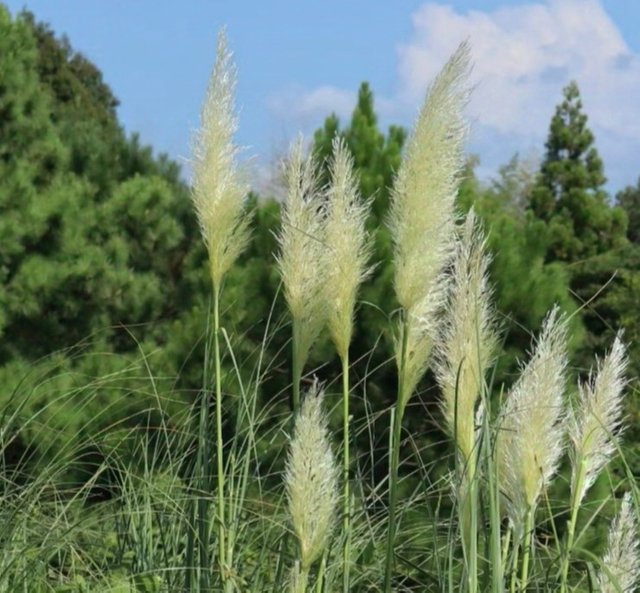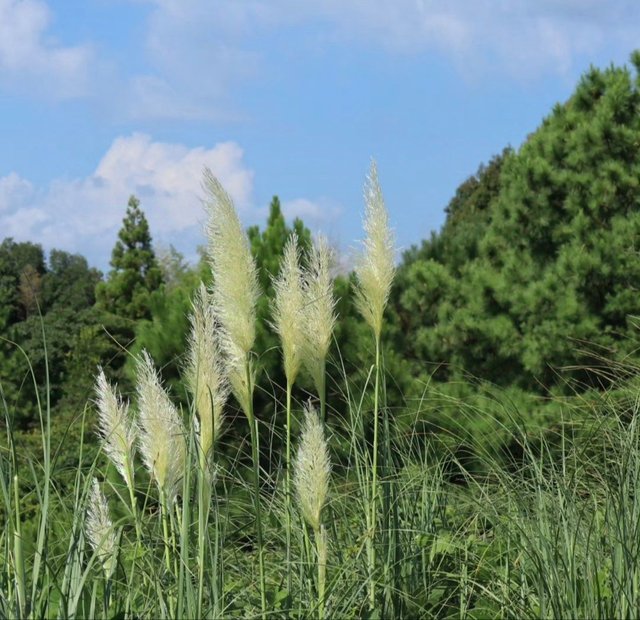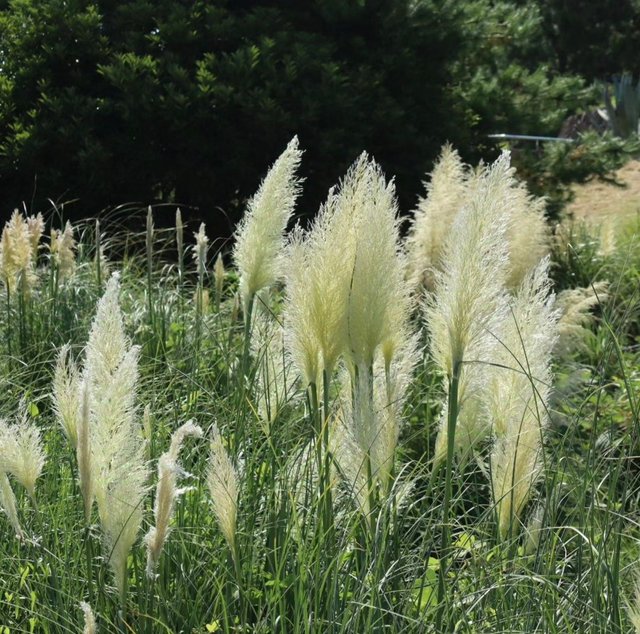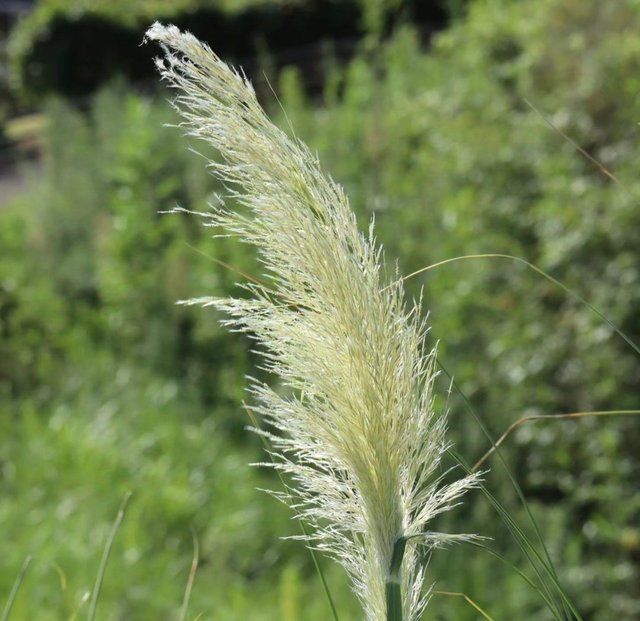



The wild sugarcane, or Saccharum spontaneum is a species of grass in the Poaceae family. It's often found in the subtropical and tropical regions of the world, thriving in riverbanks, marshlands, and other moist environments. This plant is notable not only for its tall, reed-like stature but also for its delicate and striking flower, which plays a crucial role in the ecosystem and human agriculture. Let's explore the wild sugarcane flower in detail, including its appearance, ecological significance, uses, and symbolism.The wild sugarcane plant is tall, often growing between 2 to 4 meters in height, with long, thin leaves that can be quite sharp. The flowers of wild sugarcane are feathery and delicate, growing in dense clusters known as inflorescences. These flowers bloom at the tips of the long stalks, forming large, plume-like panicles that can reach up to 30 cm or more in length.
The flowers themselves are small, white, or silvery-grey, giving the panicles a soft, shimmering appearance in the wind. The delicate texture of the flower heads and the way they sway in the breeze give wild sugarcane fields a sense of movement and life. The inflorescences can persist for several months, with their feathery appearance often turning golden brown as they mature and dry out.Wild sugarcane plays an essential role in its native ecosystems. Its dense root systems help prevent soil erosion along riverbanks, while the tall stalks provide shelter for various wildlife species, including birds, insects, and small mammals. The flowering heads produce seeds that are dispersed by the wind, allowing the plant to colonize new areas rapidly.
As a pioneer species, wild sugarcane is often one of the first plants to colonize disturbed or degraded lands, helping to stabilize the soil and prepare the area for the growth of other plant species. However, in some regions, it can become invasive, spreading aggressively and outcompeting native species.The flowering season for wild sugarcane varies depending on its location, but it typically occurs in the late summer to early fall. During this time, the plant produces large quantities of seeds that are easily dispersed by the wind, allowing the plant to spread over large areas quickly.